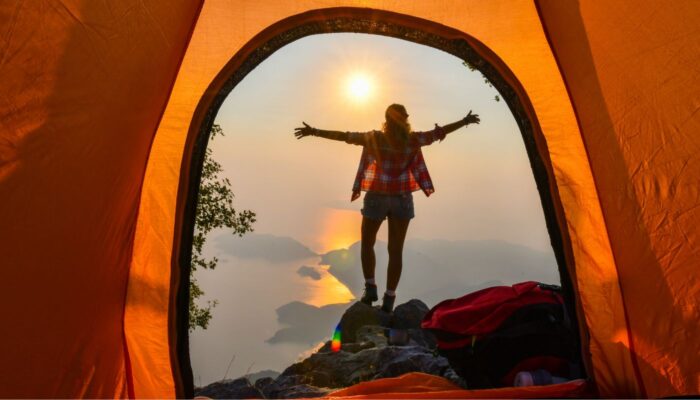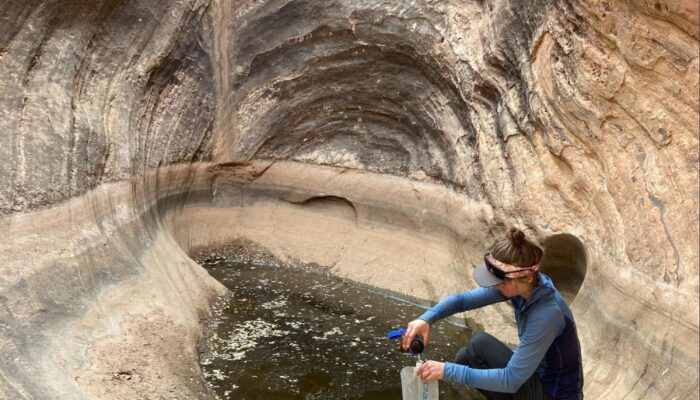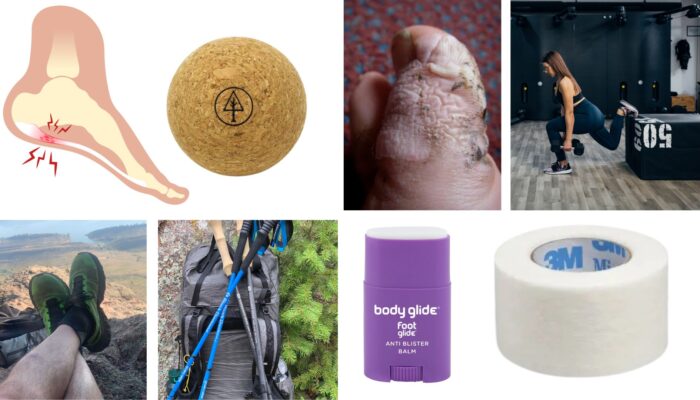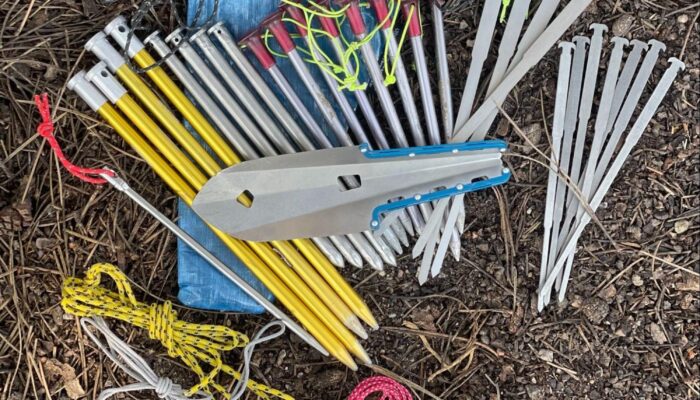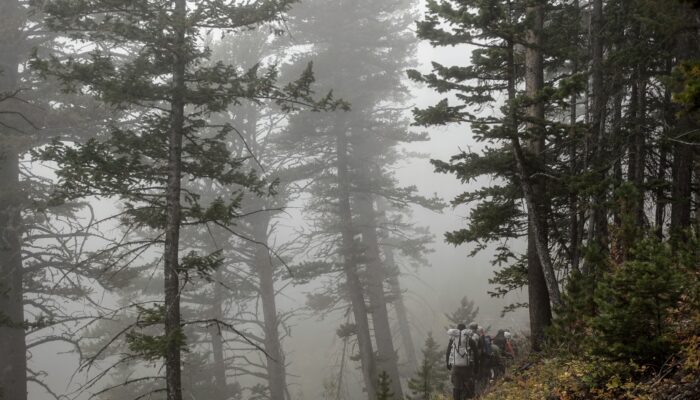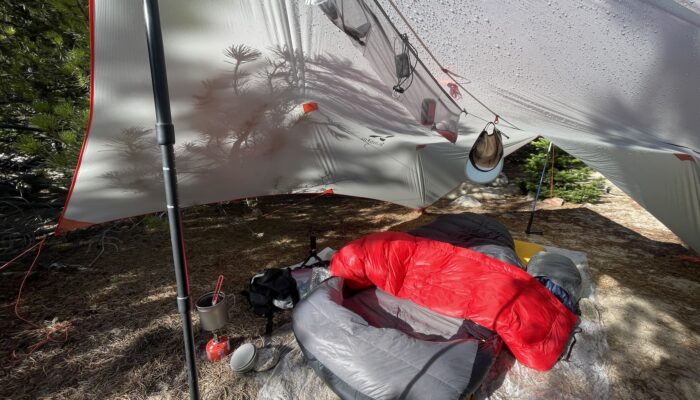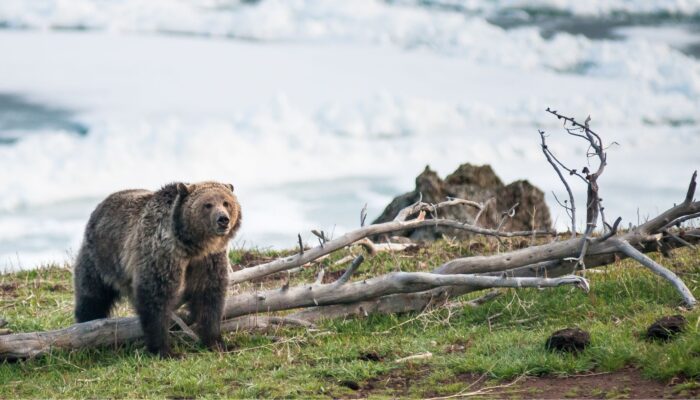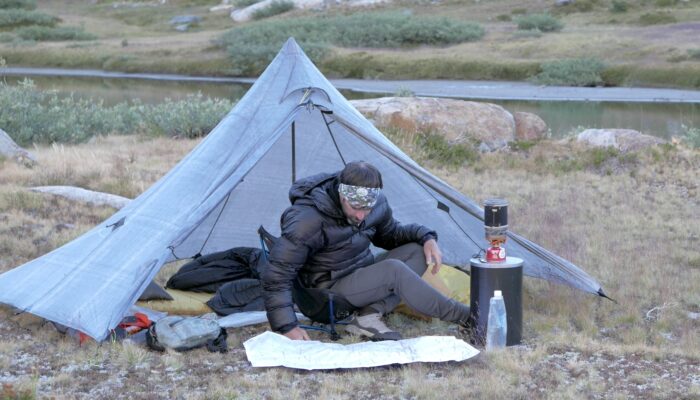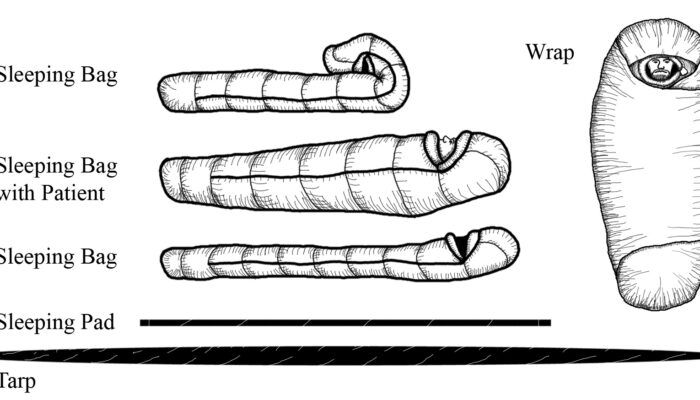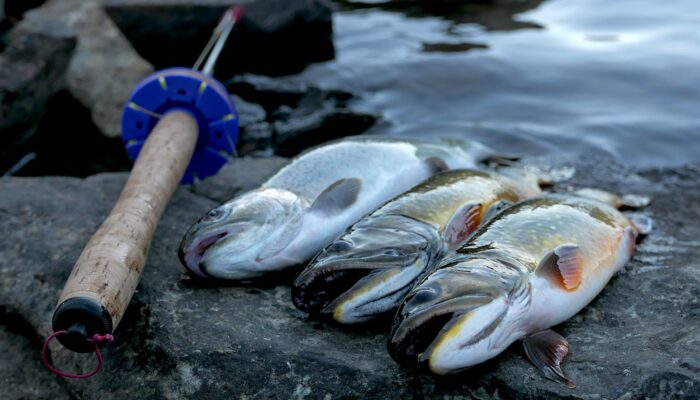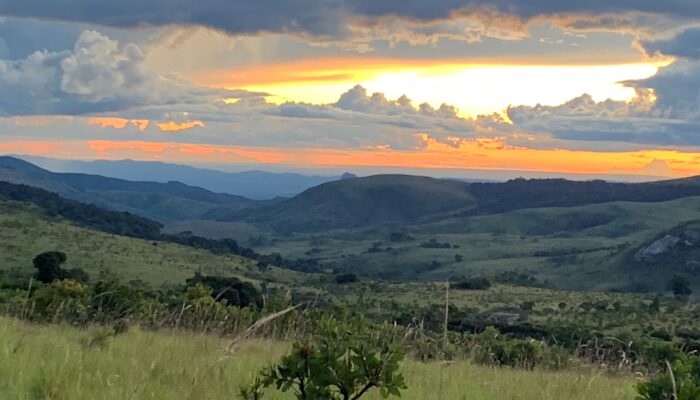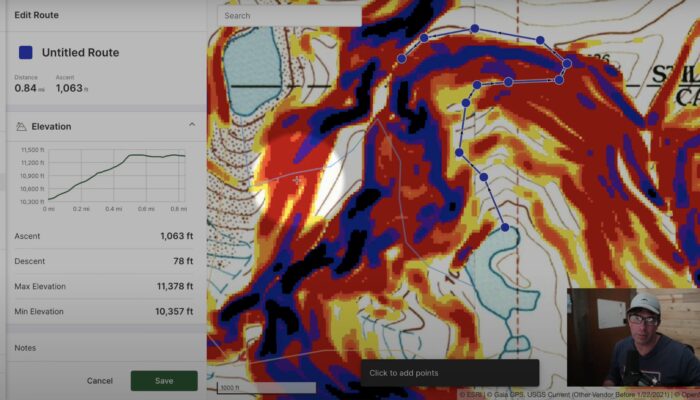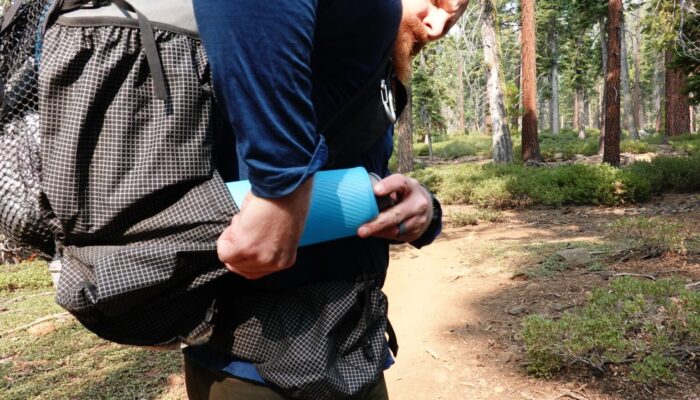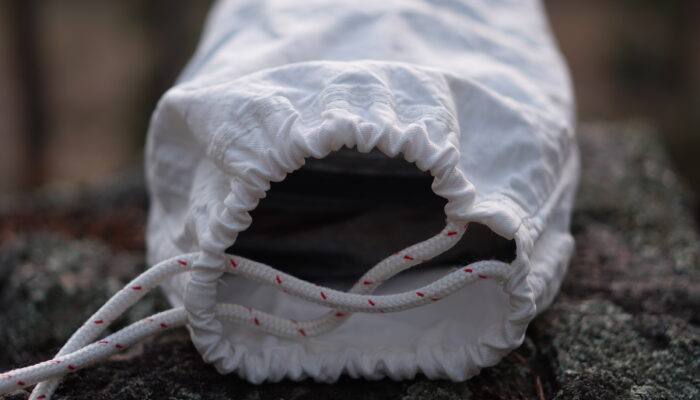Wilderness Skills
- GEAR • Gear Reviews
- GEAR • Gear Guides
- GEAR • Gear Checklists
- GEAR • Make Your Own Gear
- GEAR • Gear Testing & Research
- SKILLS • Tips, Tricks, and Hacks
- SKILLS • Wilderness Skills
- SKILLS • Training
- SKILLS • Trip Planning
- SKILLS • Food Preparation
- PLACES • Trips
- PLACES • Routes
- CULTURE • Essays
- CULTURE • Stories
- CULTURE • Issues
- CULTURE • People
- CULTURE • News
- CULTURE • Media Reviews
- ARCHIVES (Before 30.Nov.2015)
- SEARCH LIBRARY
- TRAILHEADS
Latest
Feminine Hygiene: Avoiding Infections
Sarah Ortiz discusses research based strategies for avoiding urinary tract infections, yeast infections, and bacterial vaginosis in the backcountry.
How to Make Coffee in the Backcountry: Gear and Methods
This article provides an overview of coffee-making methods (how to make coffee in the backcountry) while backpacking, with a study of their complexity and weight.
Strategies for Backpacking in the Heat: Daily Routine and Gear Considerations
In this article, Jeff Podmayer discusses strategies for daily routine and choosing your gear when backpacking in the heat.
Keep Your Feet Happy and Healthy: A Crash Course for Backcountry Podiatry
Knowing how to properly care for your feet can make or break a hike, especially on longer trips. In this article, I examine available data on common foot and ankle injuries and discuss how to prevent them, as well as what to do when they occur in the field.
How do tent stakes interact with soils to create holding power?
Tent stake holding power, especially in adverse wind conditions, relies on principles of engineering and physics, including cross-sectional shape, length, soil interaction, and insertion angle.
Why You Should Spend a Few Ounces of Pack Weight on Rainwear Ventilation Features (Updated)
In this article, we make the case for spending some extra weight on rain jackets and rain pants that offer more ventilation features (and durability) than typical ultralight rainwear styles (updated July 2024).
Cyanobacteria and Cyanotoxins in Backcountry Water Sources
In this video presentation, we dive into a critical topic to raise awareness about the increasing problem of cyanobacteria, or blue-green algae, in backcountry water sources.
Backpacking gear attributes: the relationships between weight, cost, durability, versatility, and performance
Ryan discusses the relationships between weight, cost, durability, versatility, and performance in ultralight backpacking gear.
Backpacking in Grizzly Country
Backpacking in grizzly habitat: considerations and best practices for bear spray use, food storage, safety, and ethical considerations.
The Dirt Catwalk: Modern Layering Ensembles for Backpackers
In this article, I discuss some of the challenges that an effective layering system needs to address. In addition, I highlight a handful of the layers that I use the most and how I combine them into various ensembles for different use cases.
How to Choose Backpacking Gear (Shelter Case Studies)
In this video, we walk through a framework for making decisions about how to select gear based on benefits, features, and design attributes, with a focus on shelter systems.
Stove Systems for Winter Backpacking
Ryan discusses how you build and utilize your stove system for winter cooking and snow melting to maintain hydration.
Bear and Food Storage Policy in the National Parks
America’s National Parks each have different food storage requirements for backpackers. This article discusses the requirements, various options, and focuses on what bear canisters are exemplary options, and why.
Hypothermia
What is hypothermia, and how do you treat it with an ultralight backcountry gear kit?
Can backcountry fishing save carried food weight?
This article explores the benefits of backcountry fishing (especially tenkara), including the incorporation of fish in your diet and potential food weight savings.
How to Plan and Execute a Successful Backpacking Trip in Developing Nations
A few suggestions for your next out of the ordinary adventure.
How to Practice Leave No Trace Principles at Hot Springs
Camping near hot springs can be a magical experience for backpackers, but these unique natural features require special care to minimize human impact.
How to Use Gaia GPS Slope Angle Overlays & Satellite Imagery to Plan Off-Trail Routes
In this video, I walk through how I use slope angle overlays and satellite imagery to plan off-trail mountaineering routes, focusing on Gaia GPS as the digital mapping software.
Where Do I Put My Waterbottles When Backpacking?
What's the best way to store water bottles while backpacking? You've got some options, but the answer depends on what you want to achieve.
How to Use an Ursack
Ursacks are lighter alternatives to bear canisters for food storage but require the right knots and tying locations to protect your food.

